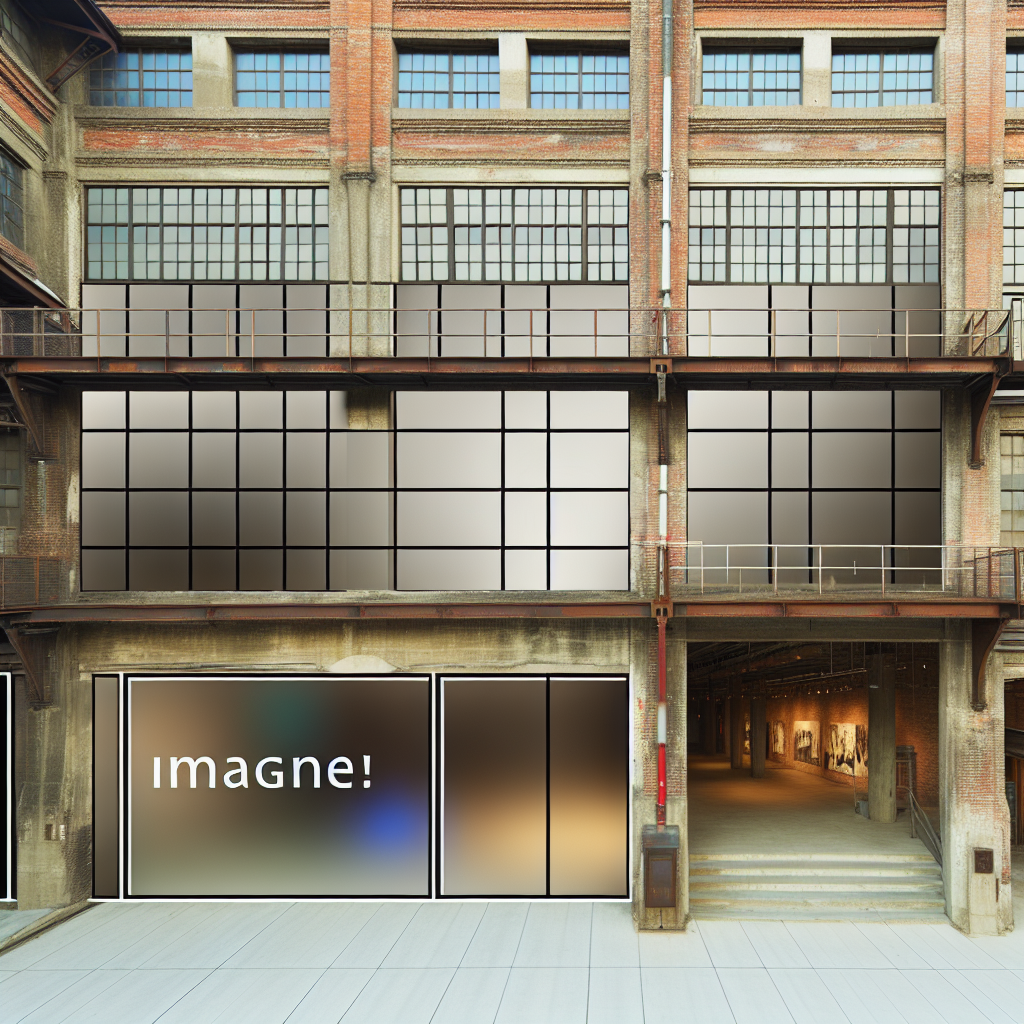Adaptive Reuse: How Former Industrial Buildings Found New Life as Cultural Centers
Former industrial buildings are being repurposed into cultural centers at an increasing rate, showcasing the trend of adaptive reuse. This practice not only preserves the historical significance of these buildings but also provides unique spaces for the community to engage with arts, heritage, and creativity. In this article, we will delve into the reasons behind this trend, the benefits it brings to both the buildings and the community, and some inspiring examples of successful adaptive reuse projects.
Preserving History Through Adaptive Reuse
Industrial buildings hold a significant place in history, reflecting the evolution of technology, architecture, and industry. By repurposing these structures into cultural centers, developers and communities can retain a piece of this history while breathing new life into the buildings. Adaptive reuse not only saves these structures from demolition but also gives them a renewed purpose that aligns with the needs of modern society.
Revitalizing Communities
Transforming former industrial buildings into cultural centers has a positive impact on the surrounding communities. These spaces become hubs for artistic expression, educational programs, and community events, fostering creativity and social interaction. Cultural centers attract visitors, help boost local economies, and contribute to the overall vitality of the neighborhood. By repurposing industrial buildings in this way, communities can revitalize underused areas and create a sense of place that resonates with both residents and visitors.
Creating Spaces for Creativity and Innovation
Cultural centers that have been adapted from industrial buildings often feature unique architectural elements and large, versatile spaces that inspire creativity and innovation. These buildings provide artists, performers, and creatives with a canvas for their work, allowing them to showcase their talents in a setting that is both historic and contemporary. The adaptive reuse of industrial structures as cultural centers creates a dynamic environment that encourages collaboration, experimentation, and artistic expression.
Examples of Successful Adaptive Reuse Projects
- The High Line in New York City, which transformed an old elevated railway into a vibrant park and cultural hub.
- The Tate Modern in London, housed in a former power station, is now one of the most visited museums in the world.
- The Luma Arles complex in France, repurposing an old rail depot into a multidisciplinary arts center.
The Future of Adaptive Reuse
As the demand for cultural spaces continues to grow, the practice of adaptive reuse will play an increasingly important role in urban development. By repurposing former industrial buildings into cultural centers, communities can preserve their heritage, revitalize underutilized areas, and create dynamic spaces for creativity and innovation. The symbiotic relationship between history and modernity that adaptive reuse fosters ensures that these buildings will continue to play a vital role in shaping the cultural landscape of the future.
Conclusion
Adaptive reuse of former industrial buildings as cultural centers represents a sustainable and innovative approach to urban development. By preserving history, revitalizing communities, and creating spaces for creativity and innovation, these projects contribute to the cultural richness and vitality of our cities. As we look to the future, embracing adaptive reuse will allow us to honor the past while building a more vibrant and inclusive urban environment for generations to come.
